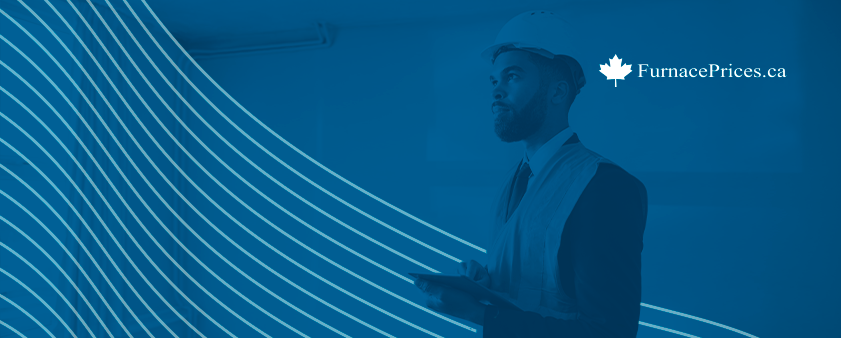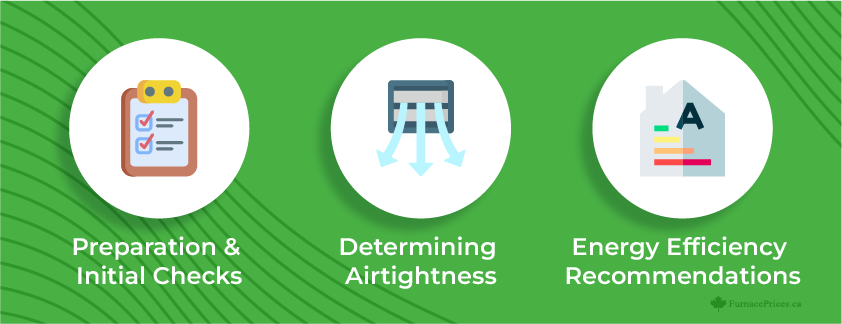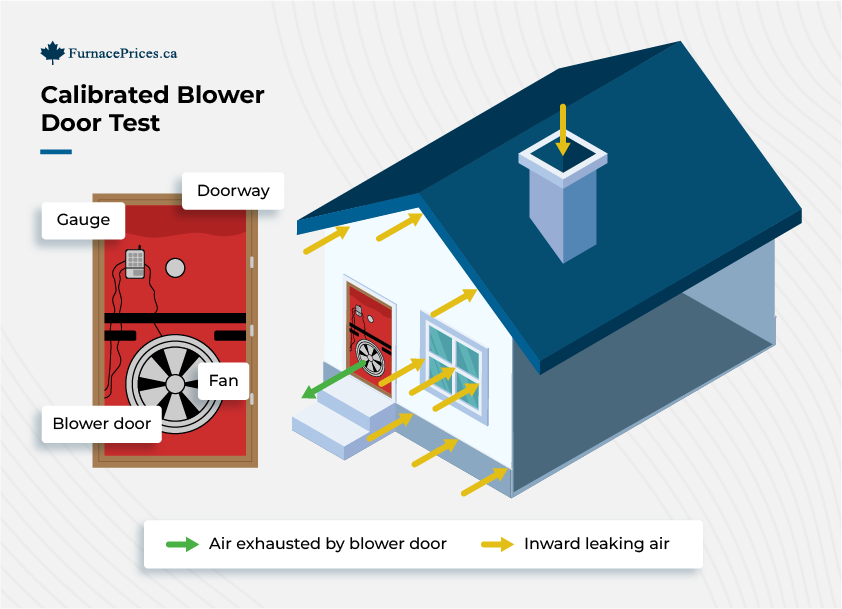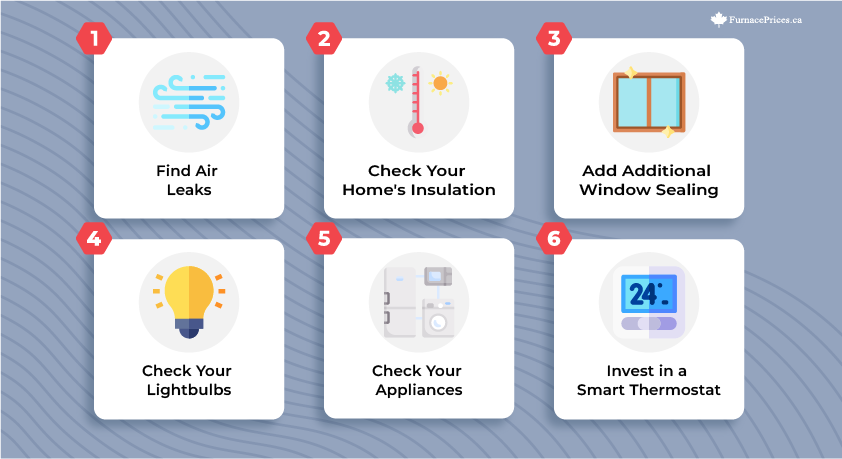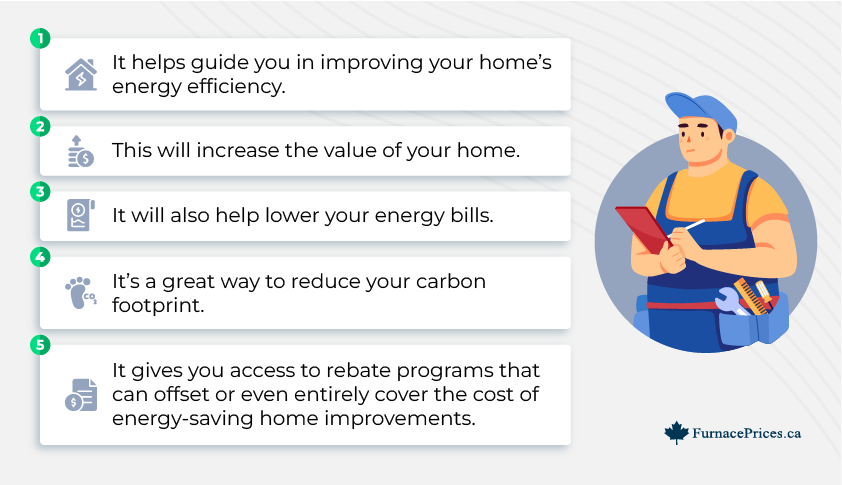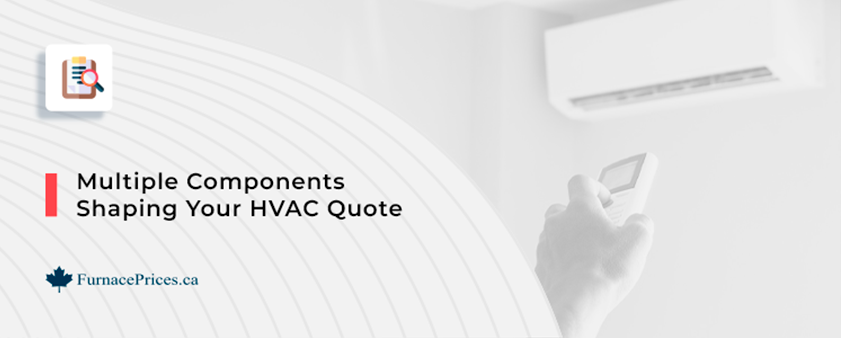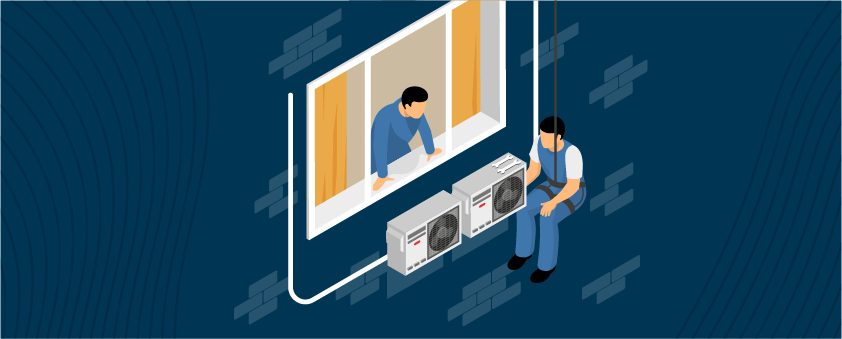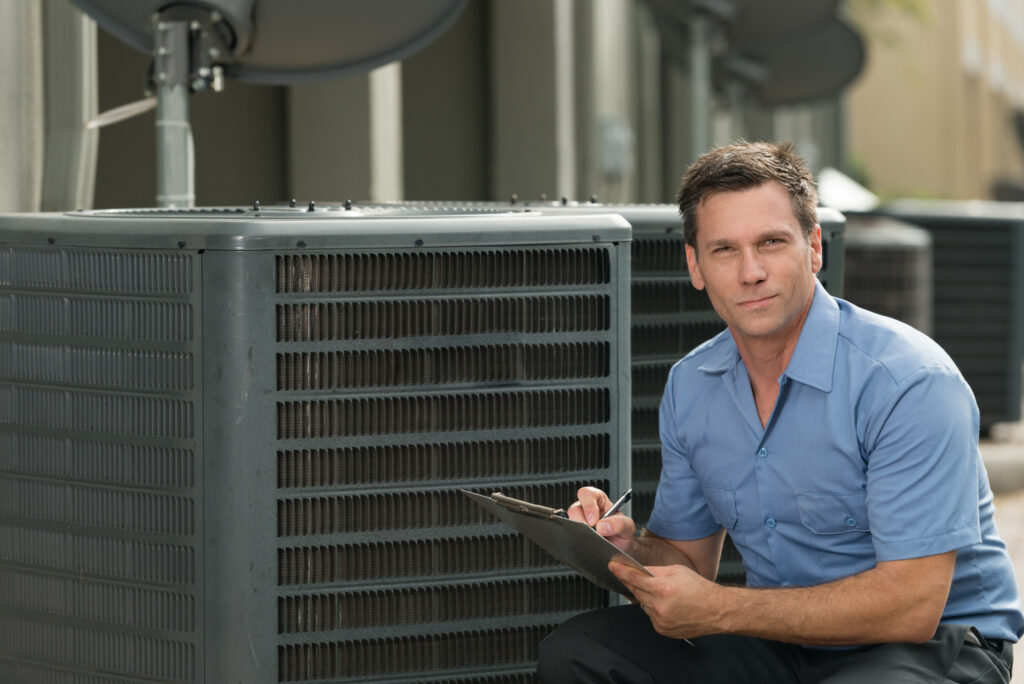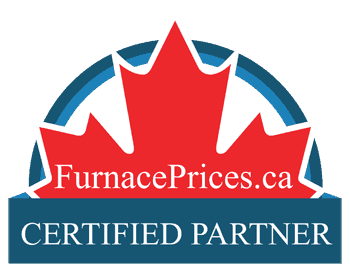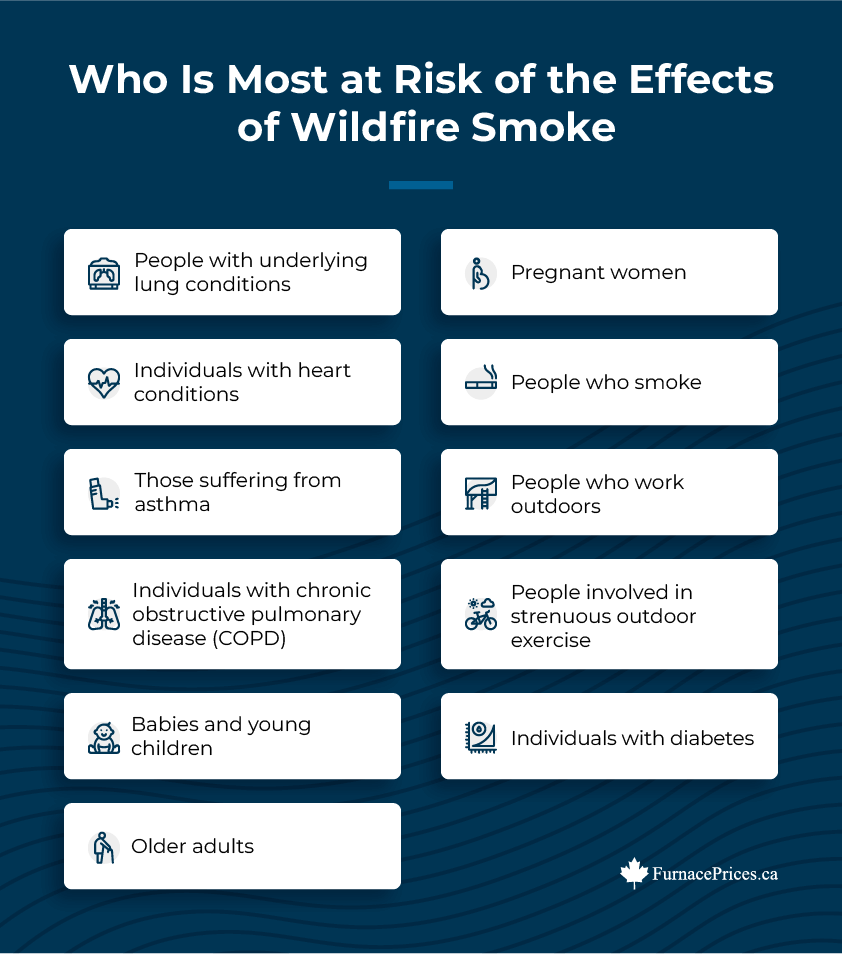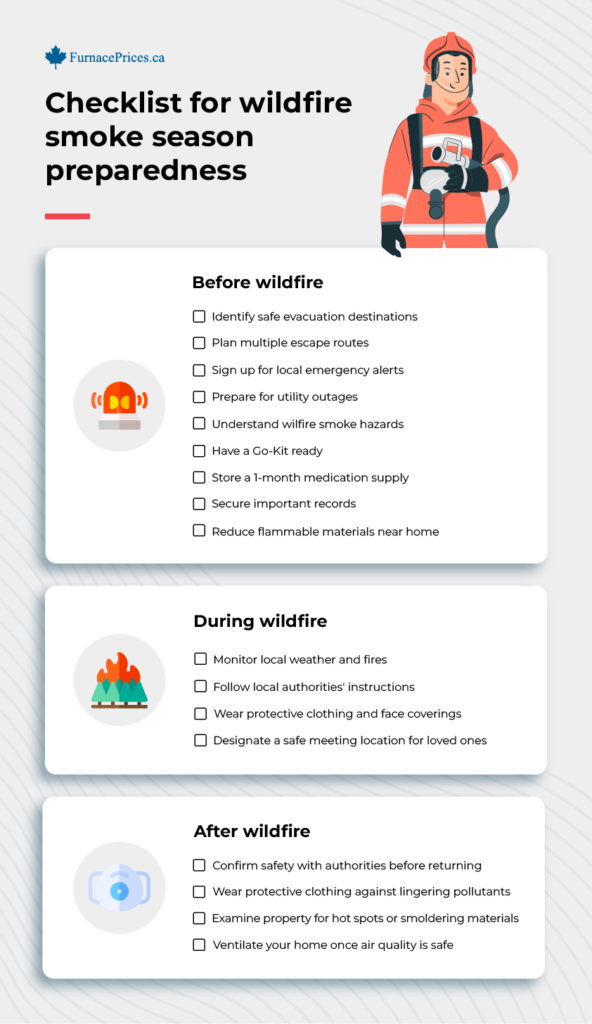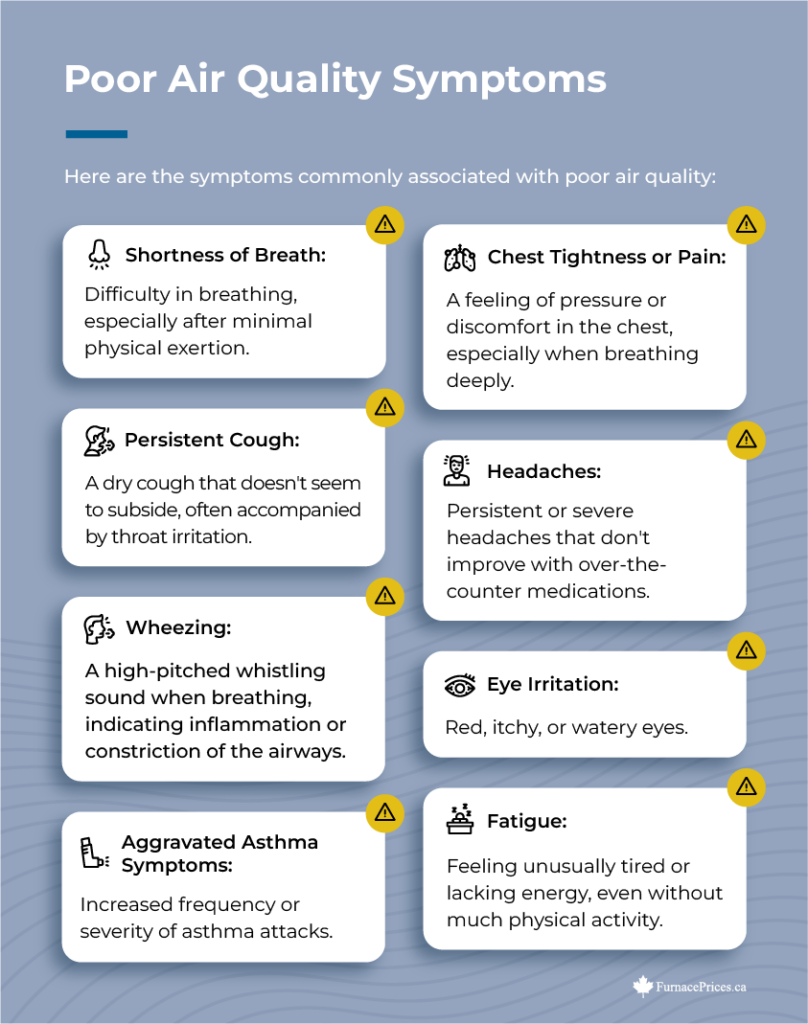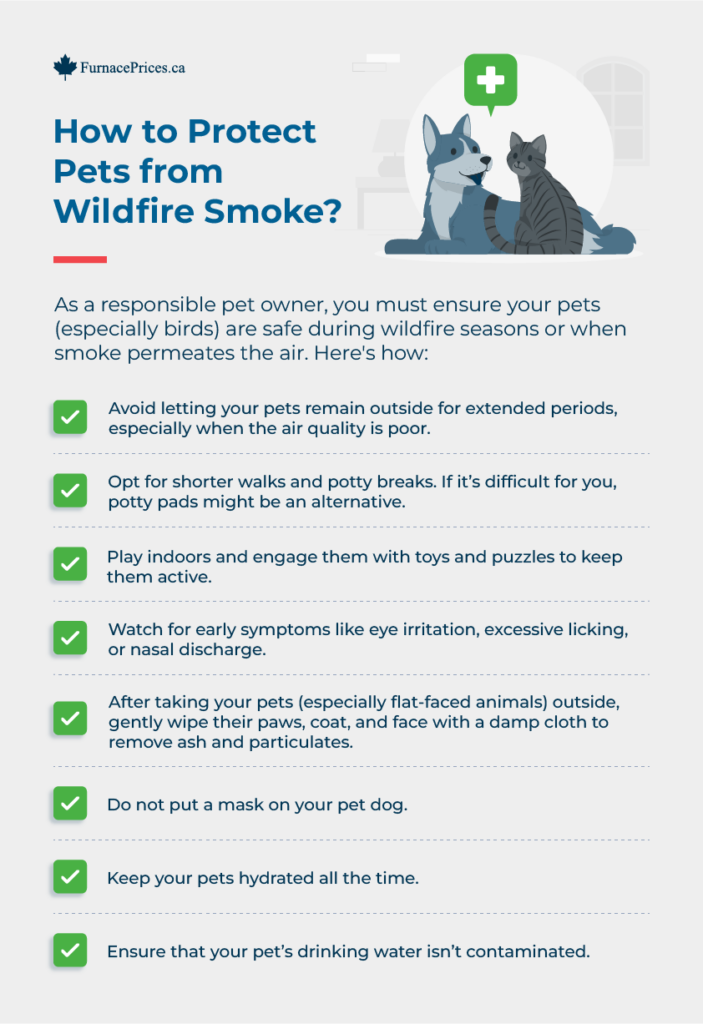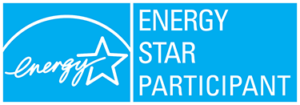HVAC contractors are the people you turn to when your heating or air conditioning system requires service, repairs, regular maintenance, or installation.
There are lots of contractors out there offering these services, but unfortunately, they’re not all created equally. Finding a trustworthy contractor is about finding a true professional with the right training, experience, and qualifications.
Heating and cooling needs account for roughly half of what you spend on energy bills, so it’s crucial to choose a contractor who knows the ropes and can ensure you have a reliable furnace and air conditioner that operate efficiently
and optimally.
Although it can be tempting to opt for the contractor who offers the lowest price, there are more important factors to consider. Today we’ll talk about what those factors are in this step-by-step guide that will help you evaluate potential HVAC contractors.
Possible Consequences of Using an Unqualified Contractor
🔒 To access this article, create a FREE FurnacePrices.ca account:
Sign Up in Seconds & See All the Benefits Here >>
